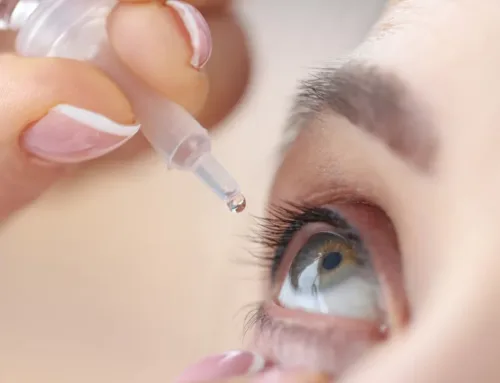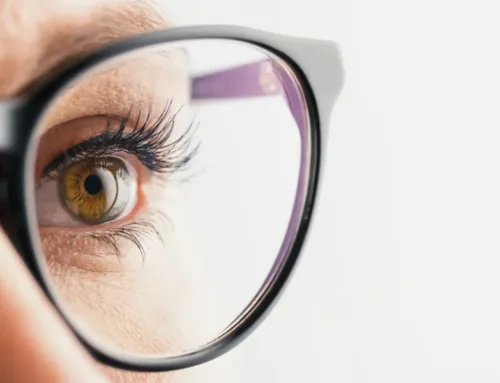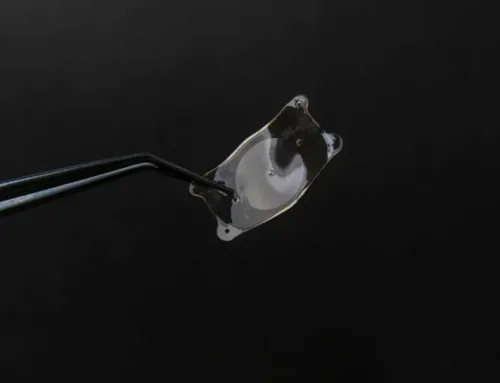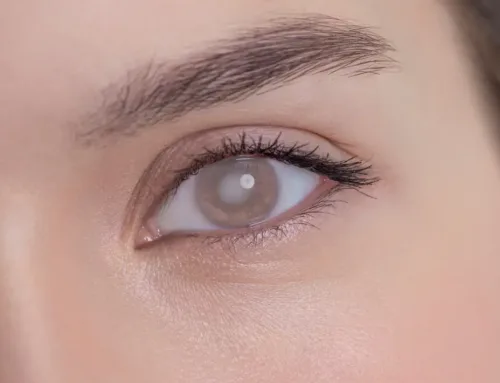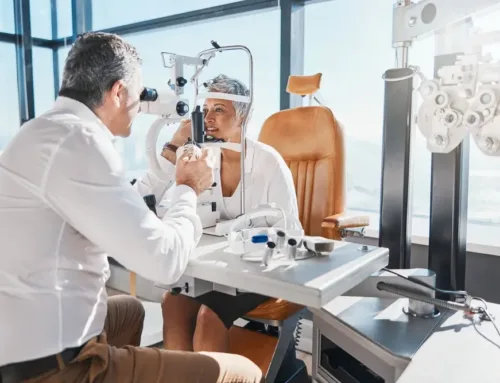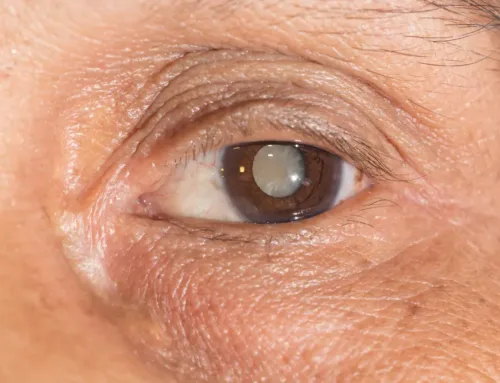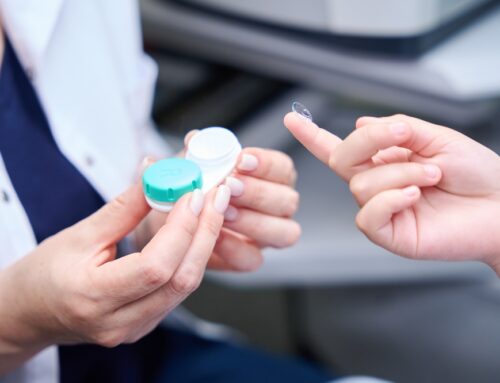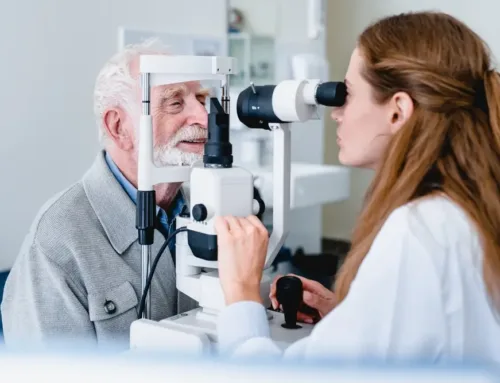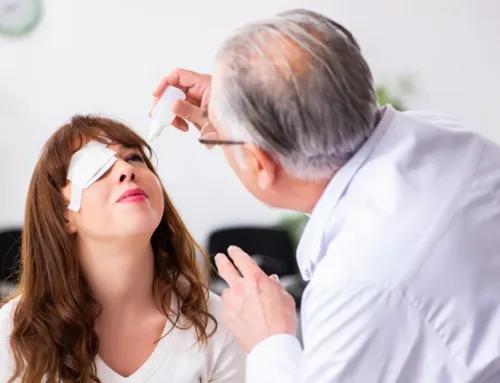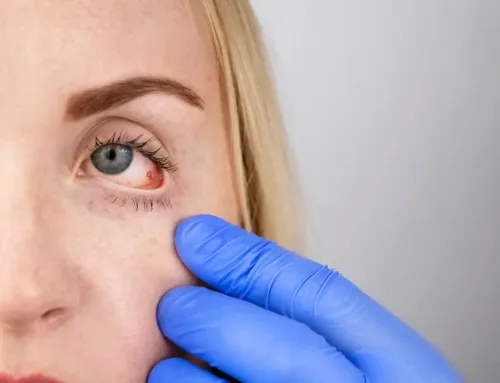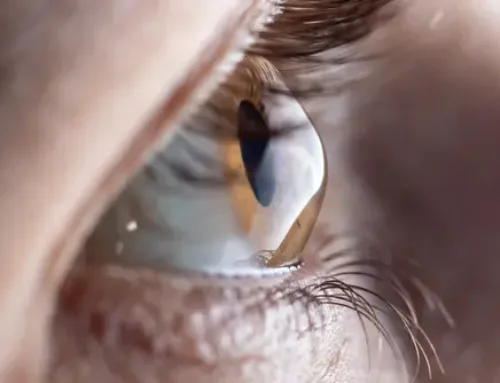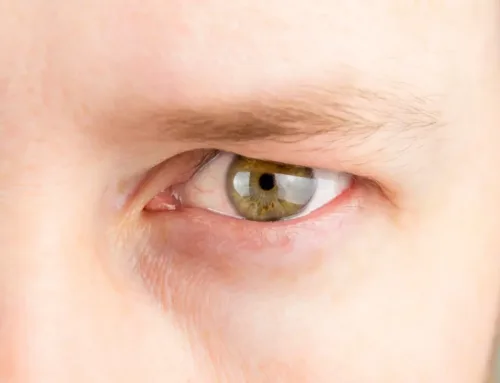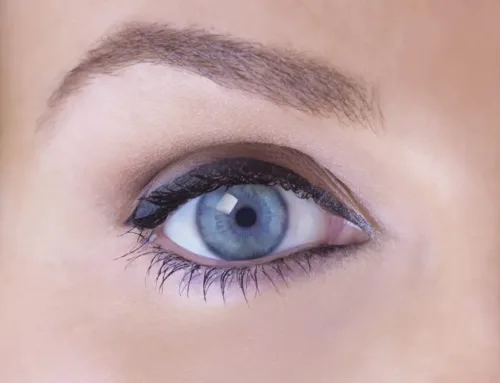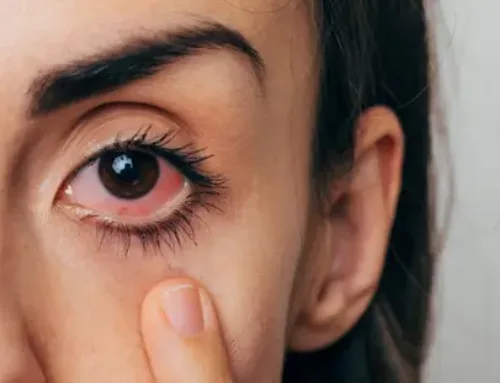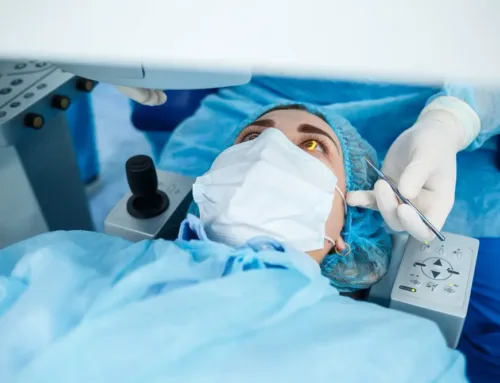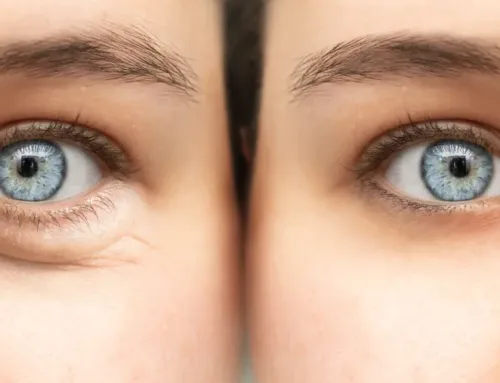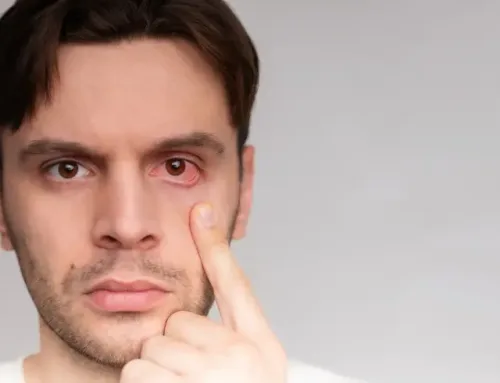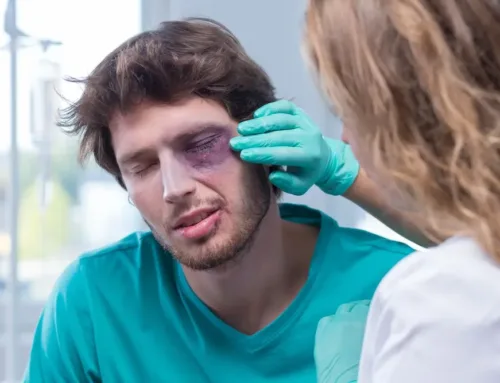The cornea is the outer layer of the eye. This part of the eye is composed of fluid, protein, and cells. It helps focus light on the retina and protects the iris and lens as well. The most interesting fact about a cornea is that it is quite stiff even though it may look fragile. However, this does not mean it is not susceptible to damage.
The term “corneal disorders” is used to refer to various conditions that affect the cornea. Conditions that can affect the cornea include disorders that can be inherited from parents, tissue breakdown, and infections. Normally, the cornea can heal itself after minor infections or injuries.
Some of the common symptoms that indicate the cornea is in the process of healing itself include corneal scarring, sensitivity to light, redness, tearing, blurred vision, and pain. If these symptoms prolong, it may be an indication of a more serious issue that requires medical attention.
Common corneal disorders that can damage the cornea include:
Shingles
Also known as herpes zoster, this corneal condition often affects people who have had chickenpox. The virus that causes chickenpox remains in the body even after the patient has healed. The virus remains in the nerves long after healing from chickenpox.
Later, the virus can infect specific body parts, including the cornea. This condition forms sores on the cornea. Normally, the cornea will heal itself. However, the patient can use topical steroid eye drops and antiviral medication to ease inflammation.
Herpes Of The Eye
Also known as ocular herpes, this condition is a viral infection resulting from HSV II, the same virus that causes genital herpes. Ocular herpes can also be caused by HSV I. This type of corneal disorder is stubborn since it can recur even after treatment.
If not treated properly, the sores that appear in the cornea can spread deeper into the affected eye. So far, this condition has no cure but can be controlled using steroid eye drops and antiviral drugs.
Corneal Dystrophies
Diseases that can cause structural changes in the cornea are known as corneal dystrophies. Most of these diseases can be passed down in the family. Several diseases that can cause corneal dystrophies include:
- Fuchs’ dystrophy
- Map-dot-fingerprint dystrophy
- Keratoconus
Keratitis
Keratitis is an inflammation of the cornea. This condition can be caused by parasites, fungi, viruses, bacteria, or minor injury. Symptoms of keratitis include sensitivity to light, corneal discharge, reduced visual clarity, and severe pain. Keratitis can be treated using anti-fungal or antibiotic eye drops.
Other common corneal disorders include:
- Corneal ulcers
- Cogan syndrome
- Bullous keratopathy
Corneal Disorders Diagnosis
Eye doctors use a special instrument known as a slit lamp to examine the cornea under high magnification. The doctor first applies eye drops that contain fluorescein (a yellow-green dye). The dye in the eye drops makes it possible for the damaged areas of the cornea to be visible.
To learn more about common corneal disorders, contact Treasure Coast Eye Specialists at our offices in Stuart or Port St. Lucie, Florida. You may call 772-286-0007 or 772-400-2400, respectively, to book an appointment today.


